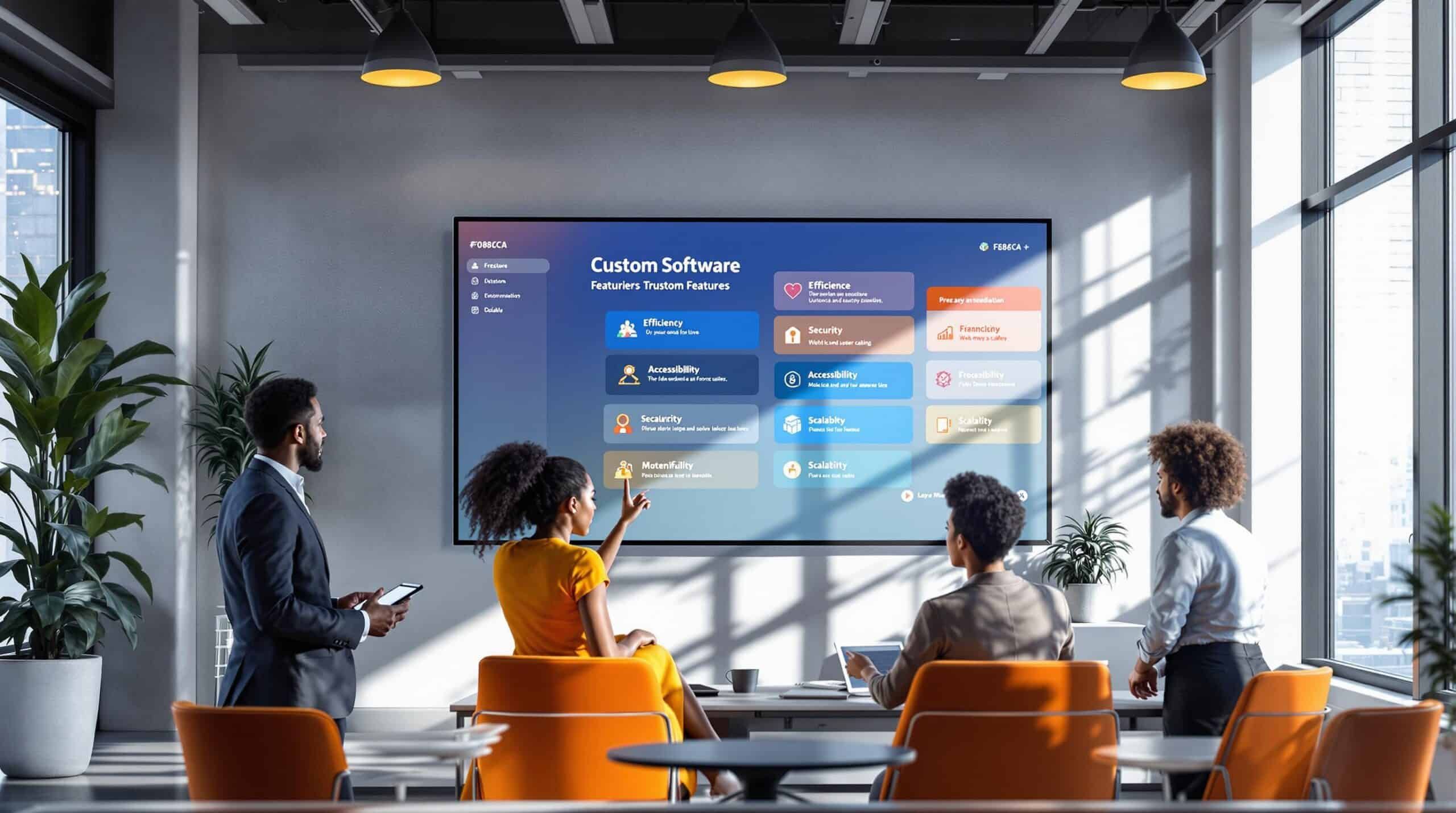
An OpenArc primer on getting the most out of your sales squad.
A proven, comprehensive process is absolutely essential to a thriving software sales program. When your focus and communication are clear, it highlights the character of your company and it galvanizes your business development and sales teams. Here are 7 tips to start you on the right track – or to help you realign your current process.
Find the Right (Pricing and Product) Fit
With the constant, dynamic changes that define the software industry, it could be time to revisit how you have positioned and priced your product. Have you put the right pricing structure and business model into place? What is your monetization model? If you currently have a multiple product strategy, are you avoiding potential channel conflicts in your pricing? Monetization strategies differ greatly from SaaS-based products to traditional mobile app offerings, so do yourself a favor: read up on industry trends – and get familiar with your competitors and their strategies.
Use your Value Proposition to Stand Apart
How does your product or service disrupt the marketplace? This is your value proposition, and it’s an essential part of your software sales plan. Great products need to match the most desired functionalities, innovating beyond what is currently in the marketplace in order to avoid becoming just another “me too” application. Ensure that your value proposition differentiates your product or service from your competitors, and make sure that it’s clearly articulated within every proposal. There are usually two type of decision makers in the purchasing process. The business buyer is traditionally numbers-oriented, looking at how your solution will affect the bottom line. The technical buyer, on the other hand, will be more concerned with things like staff implications, ease of integration, stability and ongoing support. Your value proposition should be positioned to speak to both unique audiences.
Identify your Ideal Customer
Who is your ideal customer? It’s an important question, and there’s a business development win in taking the time to thoroughly investigate it. Maybe they represent particular industries. Maybe they come from a certain size of company. Do they consume certain blogs or podcasts? Do they frequent specific conferences, meetups and other networking events? Be on the lookout for these and other factors, and also for common characteristics. Draw up ideal customer profiles for each product or service you offer. Knowing these customer preferences will undoubtedly add value in your communications, proposals and meetings.
Sales Development Representative 2.0: Use Automation
Considering today’s pace of business, simply working harder than the next SDR is not enough to create scalable success. In past years, hiring a lot of SDRs and adopting a quantity approach could achieve stellar results, but usually at the cost of high turnover. Salesforce is a perfect example: they hired lots of young, aggressive SDRs to saturate the market with activity, and gained millions of customers. Now, this approach can work for a well-funded or venture-backed company, but the financial commitment might be too much to handle for a mid-level company or an early stage start-up. The good news is that there are countless SaaS-based services to help support your sales efforts and gain efficiencies never previously thought possible. I won’t get into a full review of these tools here, but I’ll provide a quick list to get you started on your own due diligence. I can say with confidence that these are some of the best automation tools around, and they all integrate nicely with Salesforce.
Call Automation: Five9, New Voice Media, Connect and Sell
Workflow Automation (email and more): Outreach, Persist IQ, YesWare, Toutapp
Build Relationships
Trust is still the number one building block in any sales relationship, and a successful software sales process must reflect this in its support of the relationship building phase. You must be a trusted advisor to each and every customer. The question, then, becomes who you should focus on building relationships with. Targeted contacts should be stakeholders, influencers and individual purchasers, and consistent, regular communication is essential (and can be automated by the software tools above). This foundation will help lead to customer retention and referrals. In OpenArc’s first five years, our team grew our top line by 80% year-over-year while maintaining a 95% customer retention rate. Explosive growth through repeat business and referrals? We’ll take that every time.
Support your Value Proposition with Case Studies
Now that you’ve connected with the appropriate personnel within your target accounts, you must convince them you can truly deliver on the value proposition that you provided. This is best done through case studies of your existing work. OpenArc has dedicated an entire section of our website to case studies, illustrating our capabilities and the tangible benefits we have provided to our customers.
Drive the Right Behavior
A sales process is a necessity, but don’t let it get in the way of your SDRs both doing and enjoying their job. One way I have found to encourage the right behaviors is to reward the right behaviors. Time off, money, and company recognition are perfectly acceptable ways to reward your team, but the best thing a sales manager can do is understand how each of your team members likes to be rewarded – what they find fulfilling – and use those unique preferences as a starting point.





